East Iceland
Even though the Eastfjords of Iceland is the second most remote area after the Westfjords it is still full of beautiful flights, waiting to be explored. Roughly only an estimated 3,5% of the total population lives here, mostly inhabiting the narrow fjords and in the region’s capital, Egilsstadir.
The area is often overlooked by visitors; however, it has fantastic scenery, sparkling lakes, tiny fishing villages, and forests, which are rather rare elsewhere in the country. The Eastfjords boasts the sunniest weather in Iceland and some rather complex wildlife as well. This is the only place in the whole country, where wild reindeers live, a species, that was originally brought to Iceland for farming-related reasons, but since this industry was never successful, these majestic animals roam free these days. Their total population is estimated to be 6-7000 animals and even though hunting them is legal, it is under strict governmental control.
As for the geography, the Eastfjords have impressive mountains, such as the Snӕfell mountain, which is Iceland’s highest free-standing peak. Near here is Eyjabakkar, one of the world’s most significant nesting places for the pink-footed goose. Vatnajökull, Europe’s largest glacier stretches to the borders of Eastern Iceland and it is visible from many places throughout the region.
Borgarfjörður Eystri is a popular choice as well among nature lovers, the pleasant walks in nature make this area a hiker’s paradise. In addition, according to local folklore, the “hidden folk”, the elves inhabit this territory. Just like the other parts of Iceland, the Eastfjords have a fair share of beautiful waterfalls too, Litlanesfoss and Hengifoss have to be mentioned.
Egilsstadir, the capital is one of the few towns with vital services, restaurants, museums, shops, and accommodations that suit all budgets. If you have limited time, you could always take a flight from the Reykjavik Domestic Airport to reach the largest settlement in the East.
If you wish to learn more about the local culture the Heritage Museum is the right place and if you wish to relax and pamper your body, you cannot go wrong with the local Vök Baths.
Iceland’s largest forest, Hallormsstaðarskógur is located here as well, it is an unusual sight, compared to the rest of Iceland, where trees are most common in bigger towns as a result of afforestation projects.
The small town of Seyðisfjörður has a lot of importance too, the ferries from mainland Europe and the Faroe Islands make port here, making this tiny settlement an important local hub. Furthermore, the city boasts a Norwegian-influenced architecture, many of the ready-made houses were shipped here from Norway in the 18th Century.
We have to mention Fáskrúðsfjörður, a village with a very distinct culture. The first local settlers were French fishermen and their legacy still lives on through their houses, the harbor, and the local hospital. During the First World War, most of the original inhabitants left the settlement in order to fight for their country. As a sign of respect, a lot of the signs in the village are bilingual and there is an annual celebration happening here as well to celebrate the Fáskrúðsfjörður’s roots.
Last but not least, it is important to talk about Neskaupsstaður, which hosts two highly popular festivals during the summer, and the Kárahnjúkar hydroelectric power station, a place, which existence was and still is a controversial topic in Iceland.
